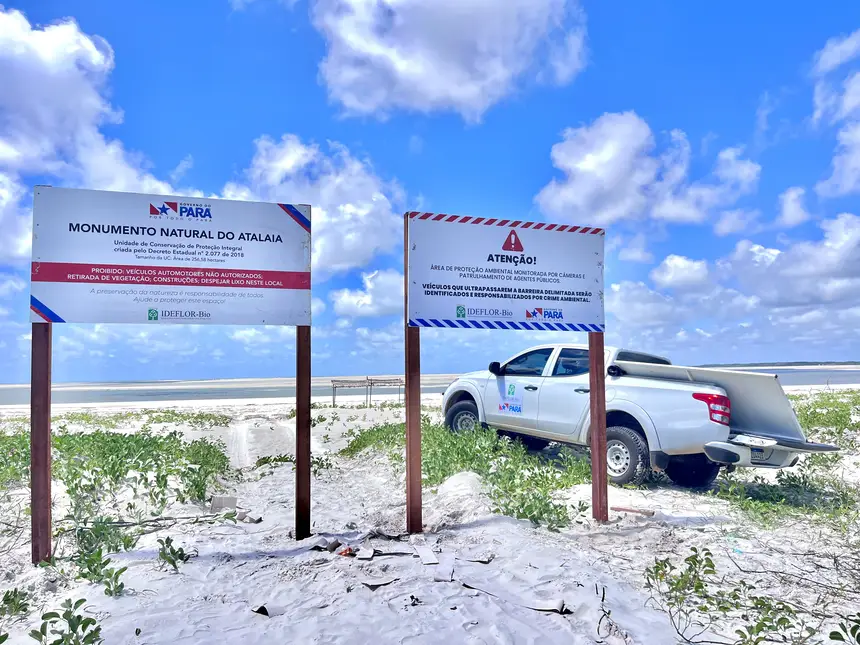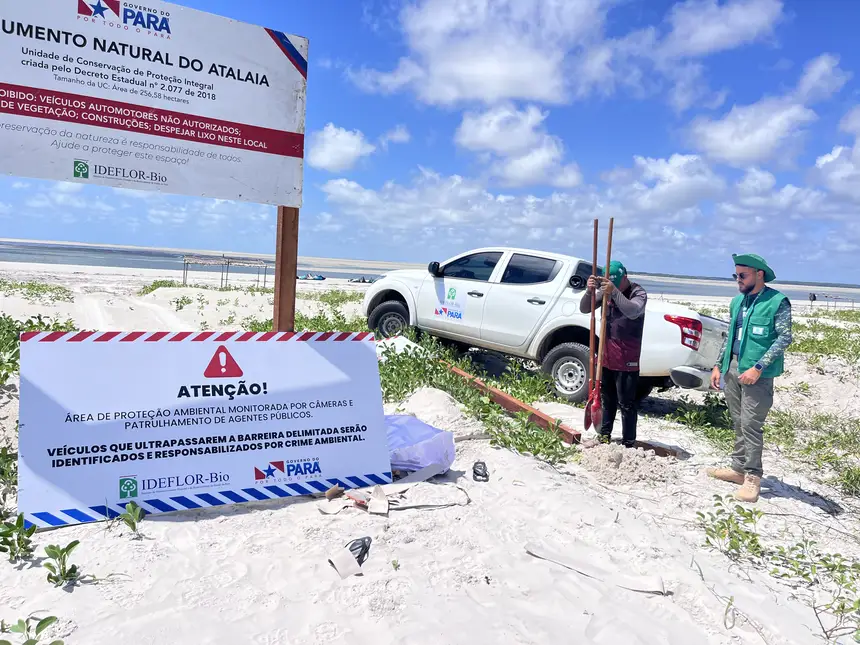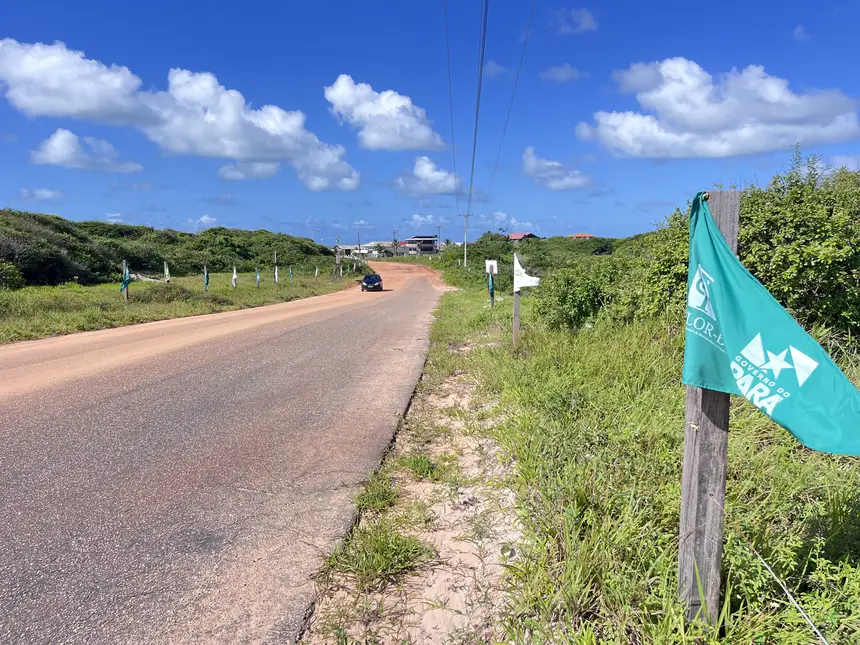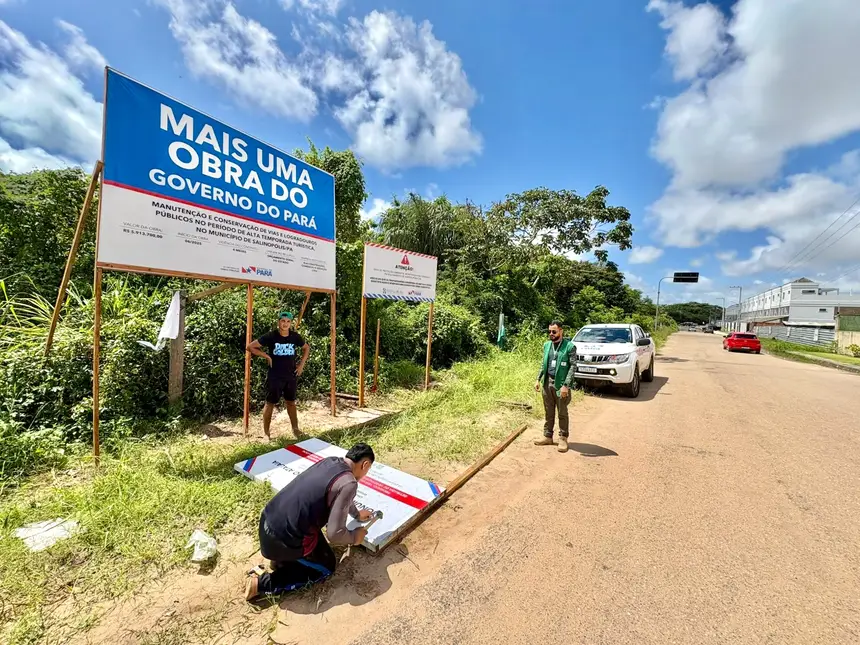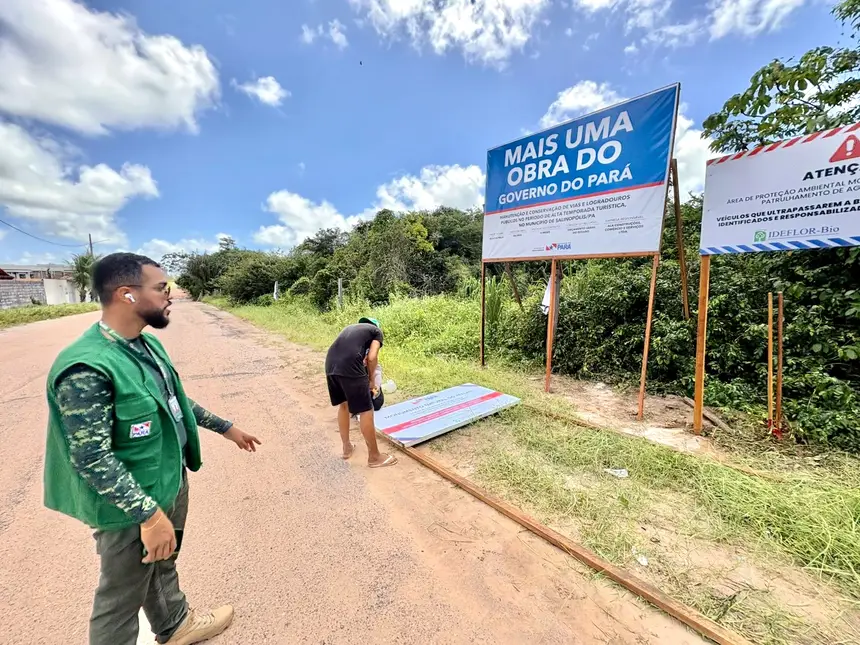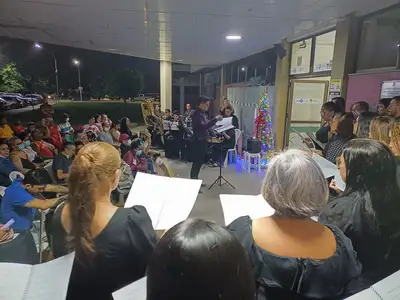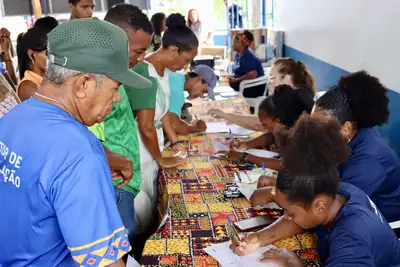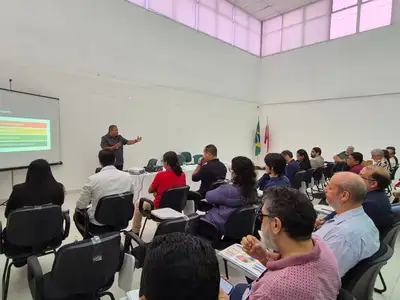Reinforced signage protects turtle nesting area at Atalaia Beach in Salinópolis
The area, known as Ponta da Sofia, is the main nesting point in the municipality, which led to the closure of 3 kilometers of the sandy beach.
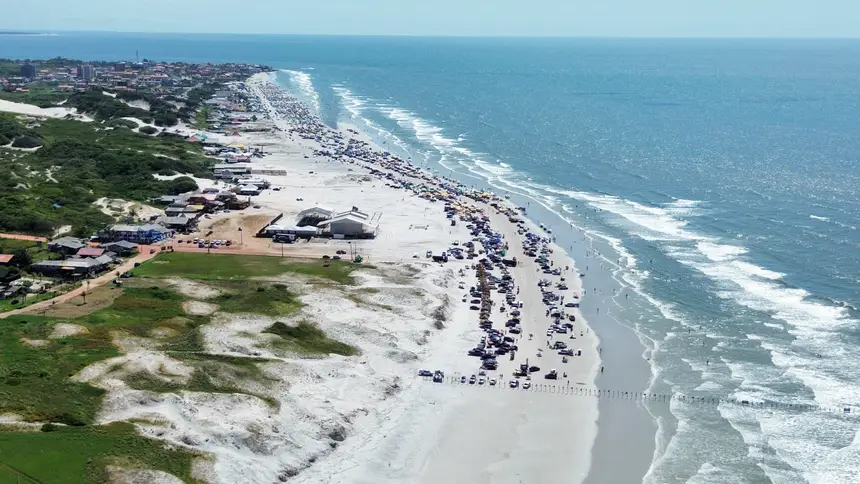
In order to protect sea turtles during the breeding season, the Institute of Forest Development and Biodiversity (Ideflor-Bio) is reinforcing the signage of the area closed to motor vehicle traffic at Atalaia Beach in Salinópolis, northeastern Pará. The area, known as Ponta da Sofia, is the main nesting point for the species in the municipality, which led to the closure of 3 kilometers of the sandy beach, starting from the third access shortcut to the resort.
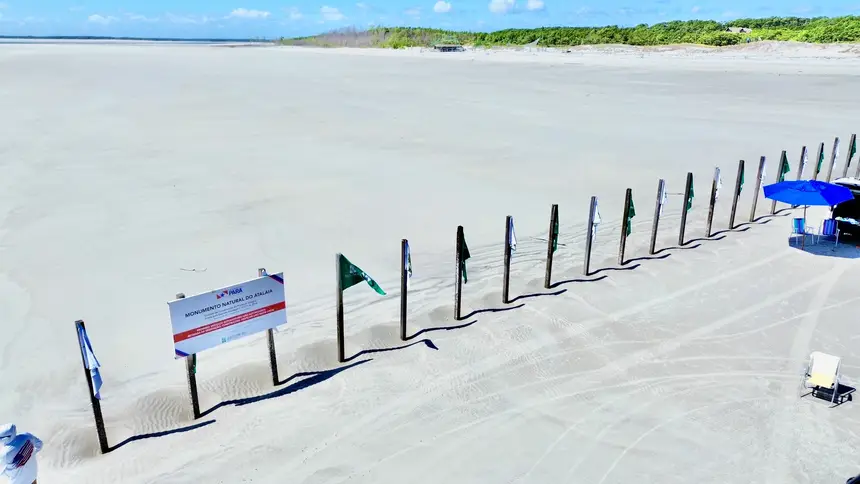
The closure complies with the recommendation of the Public Ministry of the State of Pará (MPPA), accepted by the State Court of Justice (TJPA), with the aim of ensuring the full reproduction of sea turtles, especially during one of the most sensitive periods of the reproductive cycle. As the manager of the adjacent State Conservation Unit (UC), the Atalaia Natural Monument, Ideflor-Bio has been working directly to ensure compliance with the decision.
Since the beginning of July, the technical team of the Institute has been replacing stakes and installing informative signs in the vicinity of the UC. The signs indicate the limits of the protected area, guide visitors on prohibitions, and reinforce legal responsibility in case of non-compliance with the rules. The circulation of pedestrians and bathers remains allowed, as long as the delimitations are respected.
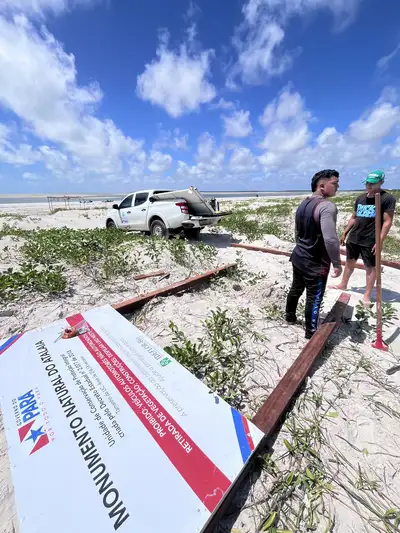
Protection of wildlife - “The presence of these stakes is essential to ensure the protection of sea turtles that use Atalaia Beach for nesting. Without this barrier, vehicles could cause irreversible damage to the nests and hatchlings,” warned Ellivelton Carvalho, director of Management and Monitoring of Conservation Units at Ideflor-Bio. Some previous stakes were removed by vandals or damaged by natural factors, which required new intervention.
In addition to the stakes, the site now features signs that provide information about the UC — such as creation date, territorial extension, and conservation category — and alert about the importance of preserving the ecosystem. Flags are also being installed to visually reinforce the vehicle blockade, ensuring greater clarity for visitors to the area.
Atalaia Beach is home to one of the main nesting sites for five species of sea turtles. Protecting the sandy area during the breeding season is considered essential for the species' continuity. “We are committed to protecting our ecosystems and ensuring that future generations can continue to appreciate the rich biodiversity of Pará. The replacement of stakes at Atalaia Beach is a crucial step in this effort,” stated the president of Ideflor-Bio, Nilson Pinto.
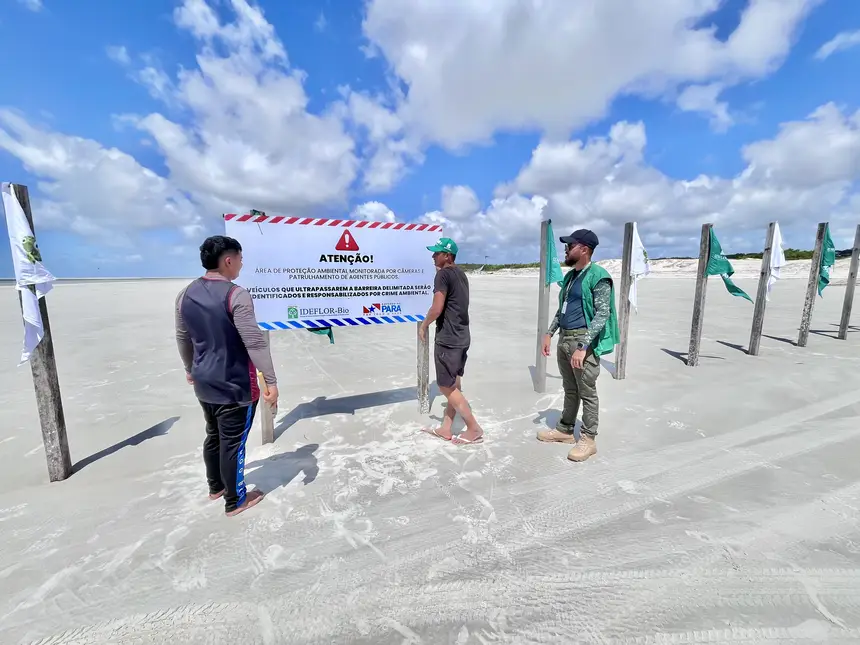
Awareness - During the month of July, Ideflor-Bio is also developing educational and environmental awareness activities with visitors to the resort. The idea is to involve the population in the collective preservation effort. “We want beachgoers to feel part of the protection of this important Conservation Unit. Environmental education actions are a way to show that everyone has a role to play,” reinforced Ellivelton Carvalho.
This measure, in addition to protecting marine wildlife, contributes to the orderly use of the beach, promoting safer and more sustainable tourism. The designated areas ensure the safety of local biodiversity while allowing visitors to enjoy the resort consciously, in harmony with nature.


